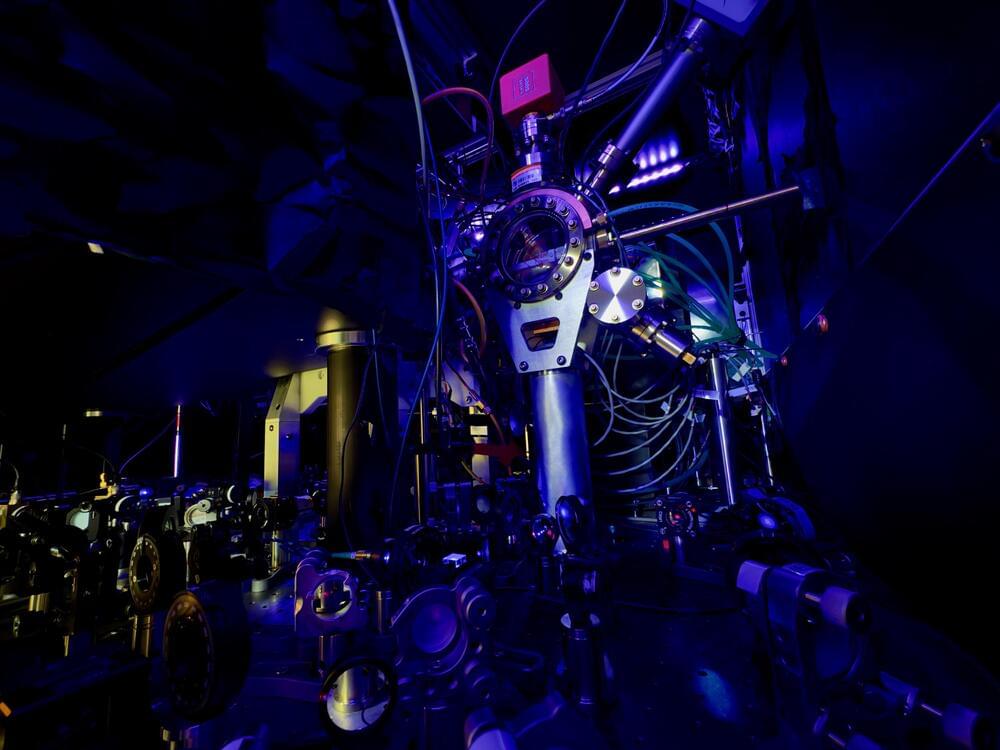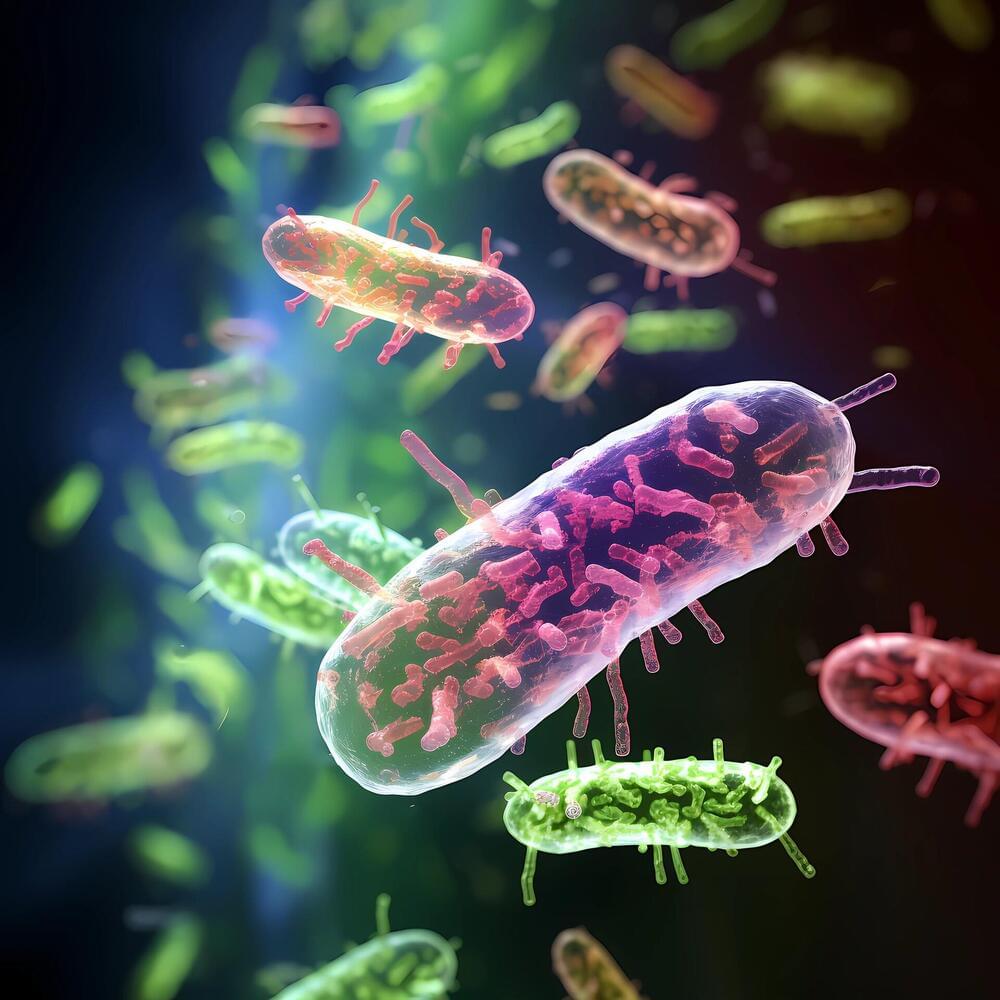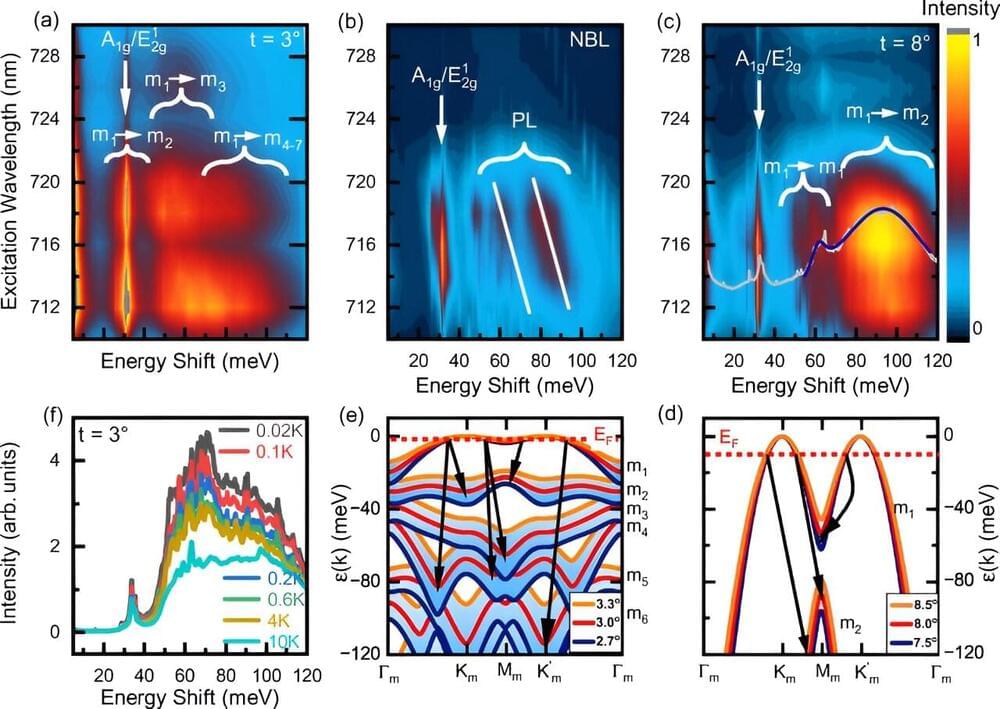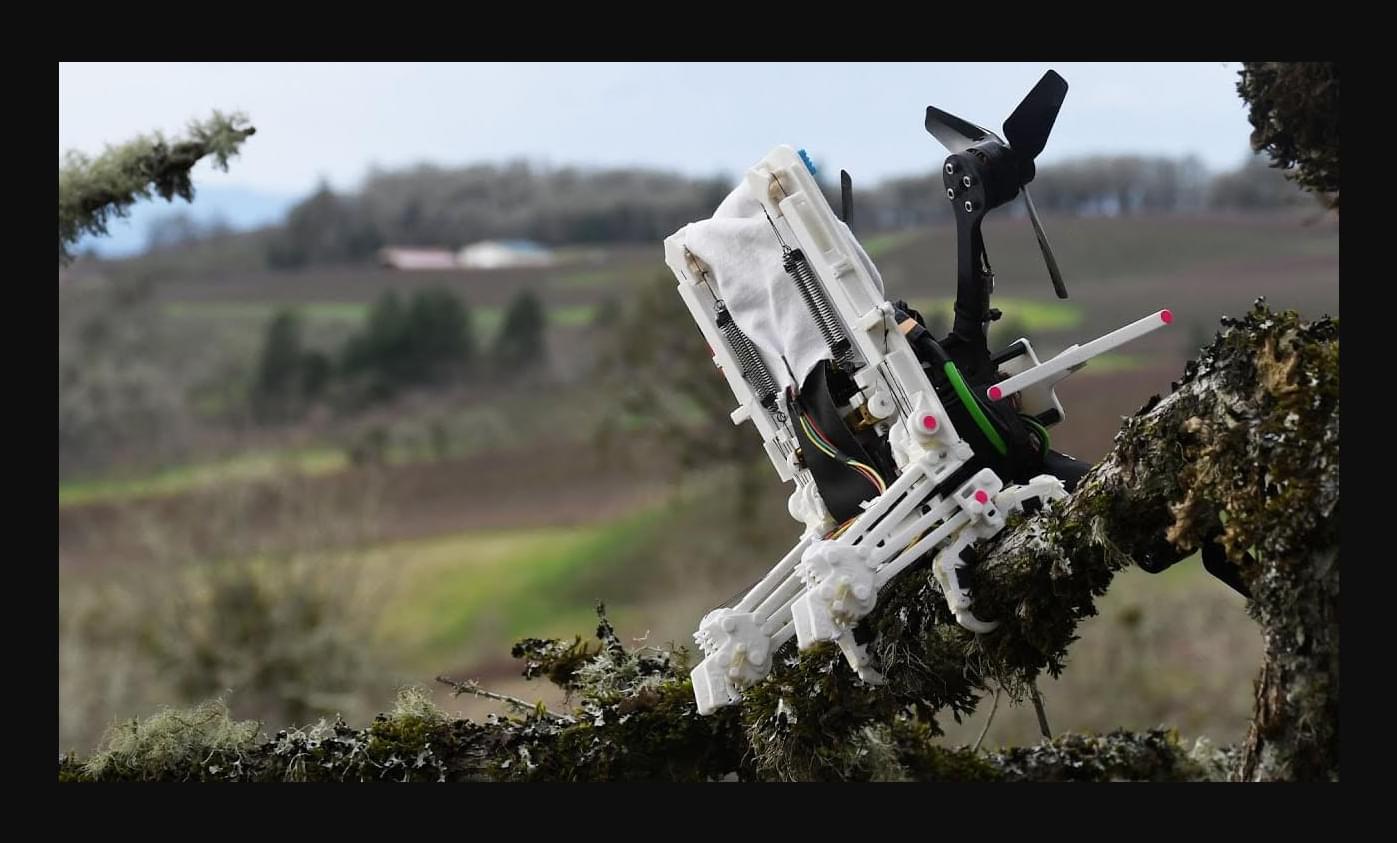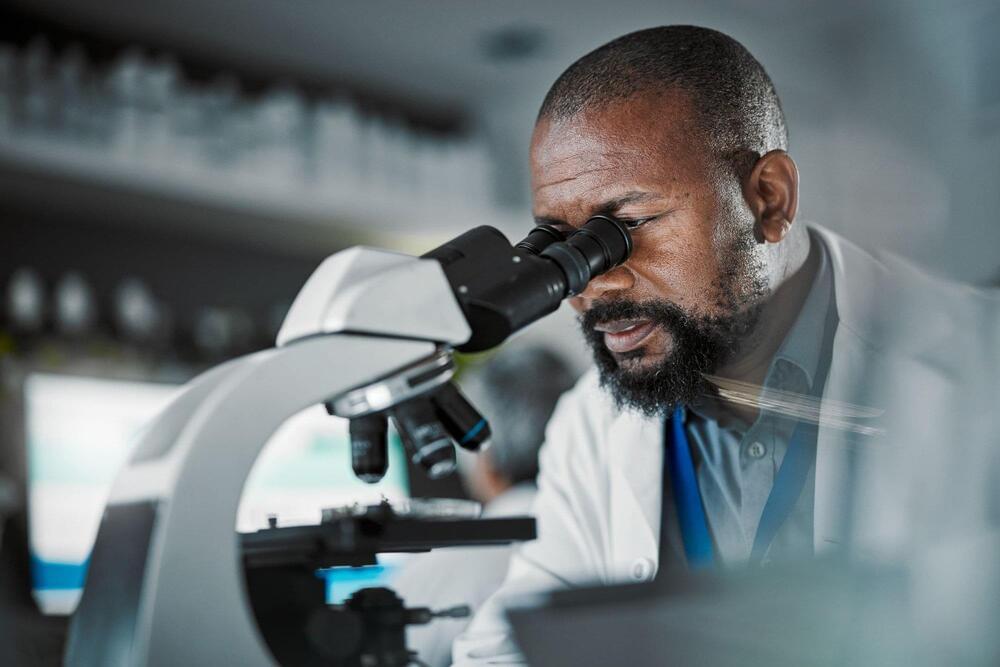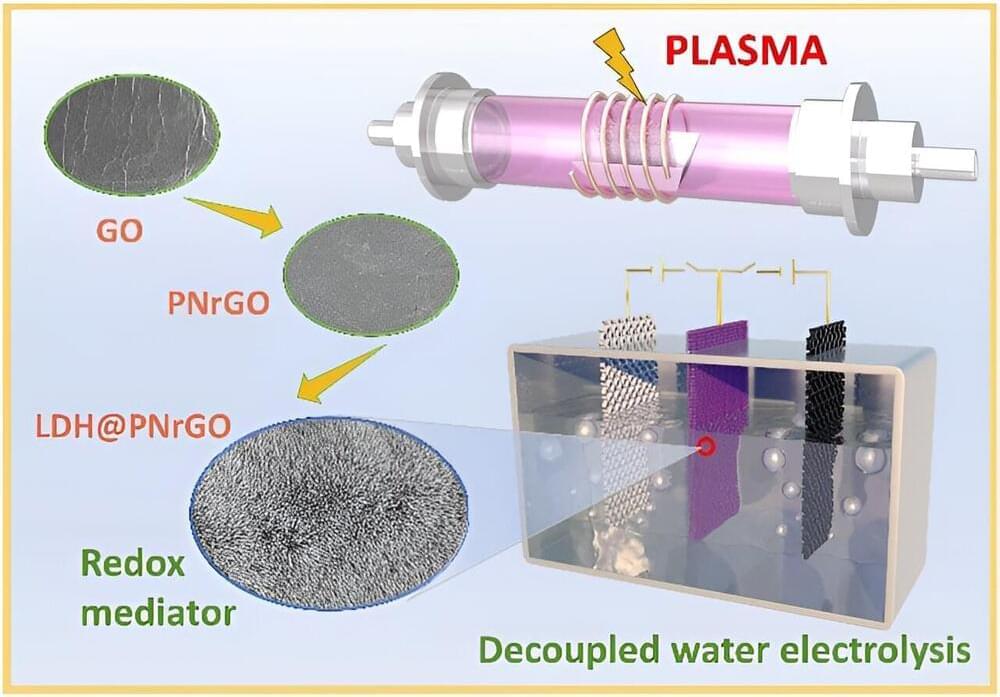
They also developed non-noble metal catalysts, including molybdenum-doped nickel-cobalt phosphide and plasma-induced iron composite cobalt oxide bifunctional electrodes, which showed high durability and activity. These electrodes enabled hydrogen and oxygen production at different times and locations by switching the current direction, resulting in low cell voltages, high decoupling efficiency, and high energy conversion efficiency.
To improve layered double hydroxide (LDH) electrodes, which suffer from limited capacity and poor conductivity/stability, the researchers used non-thermal plasma technology to fabricate nitrogen-doped nickel-cobalt LDH and nitrogen-doped reduced graphene oxide/nickel-cobalt LDH electrodes, which significantly improved capacity and conductivity.
Two-step water electrolysis shows promise for large-scale hydrogen storage and applications such as 5G base stations and data centers. “Our performance indicators for two-step water electrolysis for hydrogen production are synchronized with advanced indicators globally, marking an important step towards industrial operation,” said Prof. Chen Changlun.
